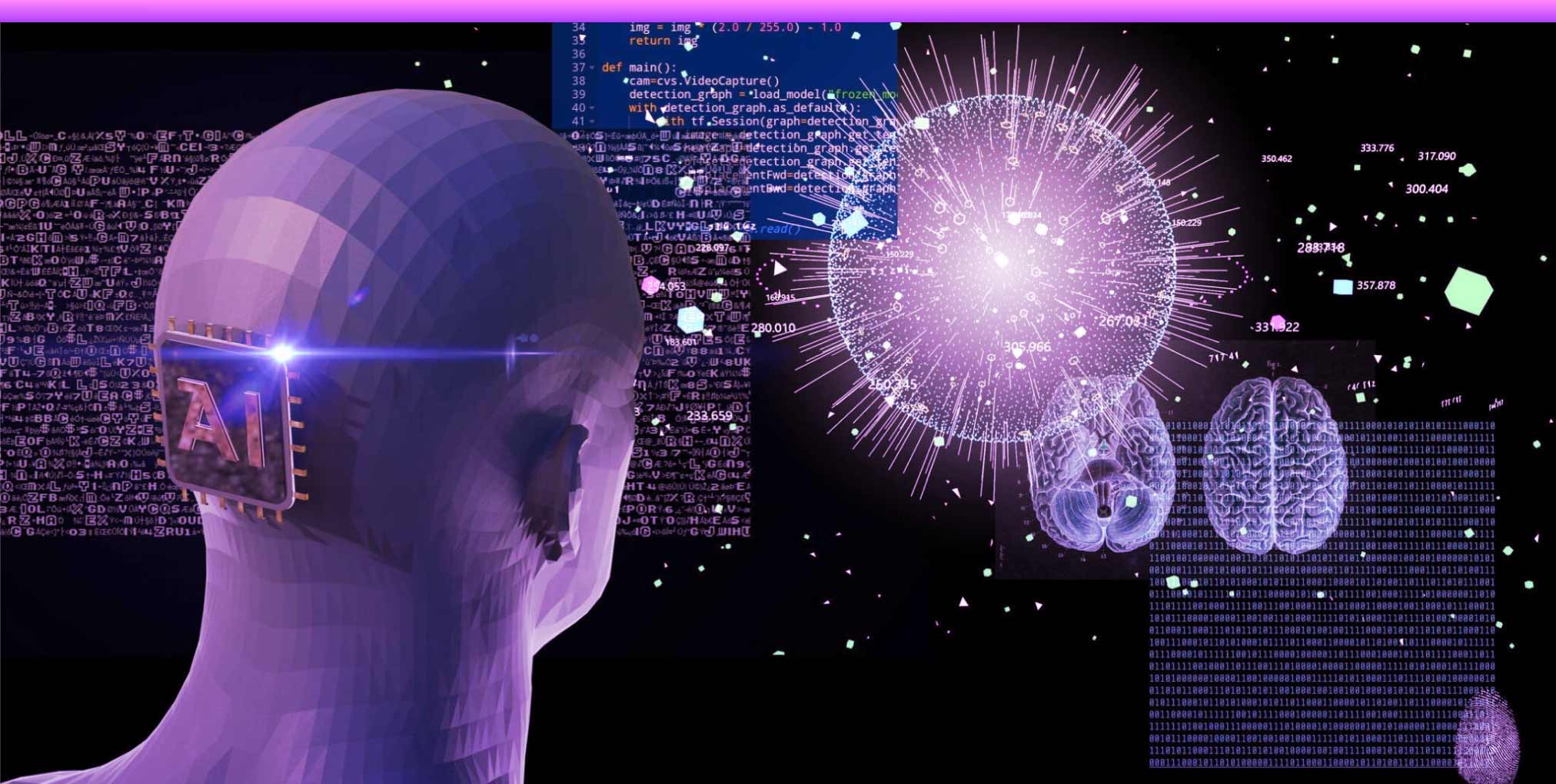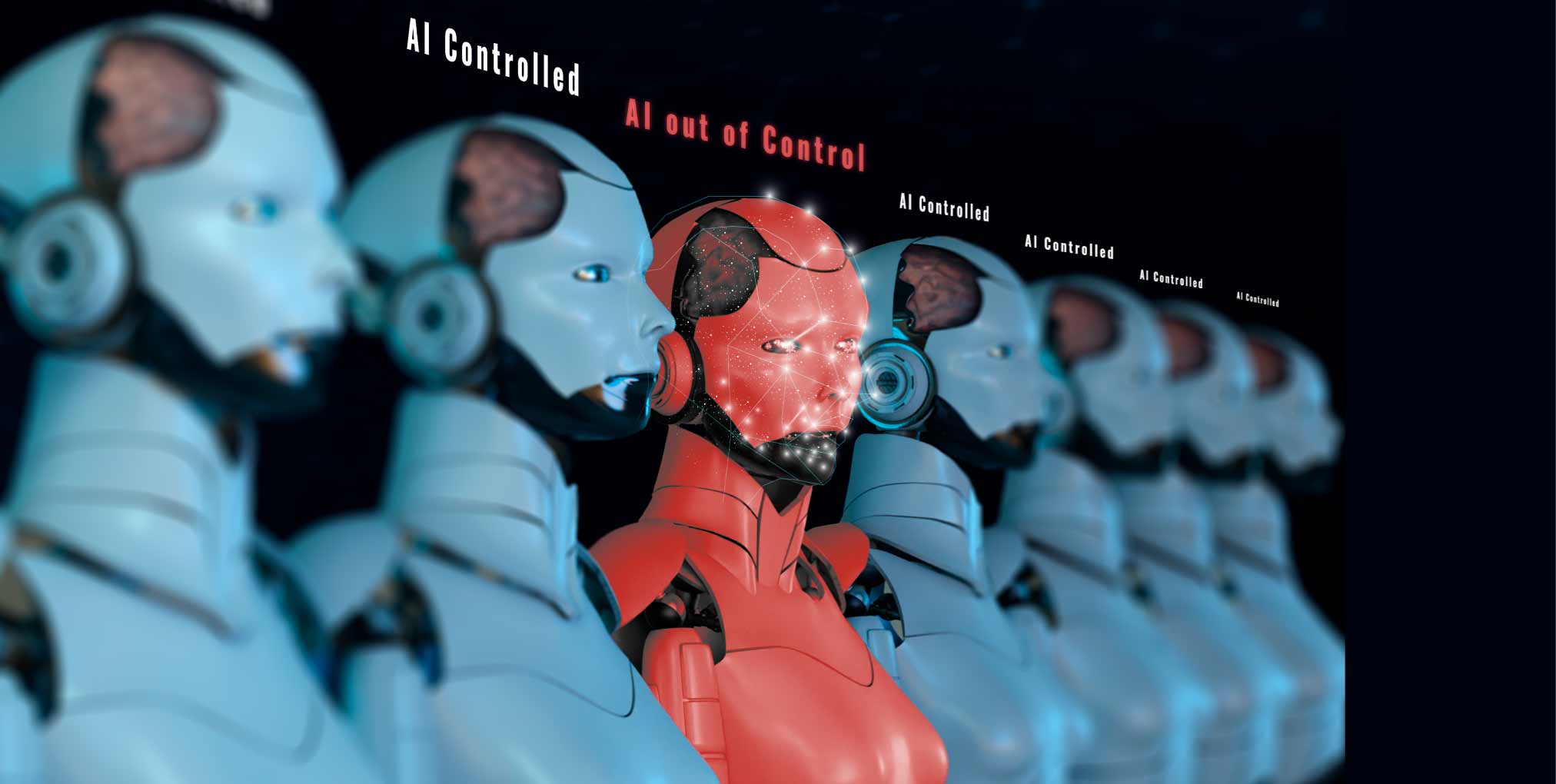

March 25, 2024
Generative AI is not a new term; it has been in use for over five decades. It got hype in the last few years because of its ability to generate high-quality content, including images, texts, videos, etc. More and more people are getting familiar with this transformative technology as it has opened a multitude of opportunities and enhanced people’s productivity.
Many of you might want to know how generative AI works, its use cases, and its limitations. If so, you are at the right place. We are going to answer your questions about “what is generative AI, generative AI models, and its revolutionary impact” in detail. So, without further ado, let’s jump into it.

Generative AI, also known as GenAI, is a type of artificial intelligence that can create unique content of any kind, like texts, synthetic data, sounds, videos, etc. You just have to enter your input in generative AI systems and you will get your desired response within seconds. They do so because they are trained on a large dataset to generate top-notch content.
Due to its ability to mimic human intelligence and enhance people’s productivity, it has seen significant adoption. According to Salesforce, 86% of IT leaders believe that generative AI will soon play a crucial role in their organizations.
Generative AI offers numerous benefits to businesses across different industries. It not only saves time by generating content in a matter of seconds but also enhances the user experience. Here are some pivotal benefits of using generated artificial intelligence:

Generative AI operates by utilizing advanced machine learning models to identify patterns in a vast amount of data. Then, they utilize these patterns to create new content, including texts, voice, images, etc, based on the inputted prompt.
The generative AI models learn on large human data and corresponding labels utilizing supervised learning and other machine learning techniques.
For Example, generative artificial intelligence generator text tools, like ChatGPT, get input from the user in the form of text and provide the most suitable response based on the training data. Moreover, it improves its responses over time to provide better user experiences.
A number of generative AI models are available, and this number will only grow with time. These models can be tailored to fit any specific domain. Some most used generative AI models are:
GAN is a generative AI model that consists of two major parts, including a generator and a discriminator. The generator creates synthetical data while the discriminator distinguishes between original and synthetical data. These types of models are best for creating image duplications.
Diffusion models are another type of generative AI model that can generate data based on the training data. They do so by destroying the training data first by adding Gaussian noise to it and then learning how to achieve the original data by reversing the process. These types of models are best for creating video synthesis.
Transformer models are neural networks that use a self-attention mechanism to understand which words in a sentence are important and how they relate to each other. It consists of two parts: an encoder and a decoder. The encoder processes the input while the decoder provides the output. The transformer-based AI model is best for generating text content.
Variational autoencoders are generative AI algorithms that understand and generate new content and remove anomalies from a given dataset. They employ an architecture consisting of an encoder-decoder structure. The encoder converts input data into a latent form while the decoder reconstructs the original data using this latent representation. These generative AI models are best for audio and image creation.
Now, we have answers to “What is Gen AI, how it works, and what are the most popular generative AI models,” so let’s look at the use cases of this innovative technology.

The generative AI use cases are not confined to a specific industry or a specific business. Businesses from any industry and of any size can benefit from the revolutionary potential of generative AI. Some most common generative AI applications are:
Several tools are available that take away the hassle of repetitive tasks and save a hefty amount of time. There are artificial intelligence generator tools for creating unique content, images, and other form of content. Some top generative AI tools based on their purpose are:

No doubt, generative AI has presented hundreds of opportunities for everyone to showcase their creativity and succeed. However, early implementation of generative AI systems and tools indicates some of their limitations. These generative AI limitations are:
Generative AI is making strides in every industry, whether it’s healthcare, finance, retail, e-commerce, or any other industry. Today, we see a huge adoption of generative AI applications due to their ability to automate tasks and enhance operational efficiency.
The future of this cutting-edge technology seems promising with further advancements in how it generates content, removes anomalies, and enables data-driven decision-making. However, the opportunities that gen AI presents may be exciting, but it is necessary to take precautionary measures and avoid any potential risks.
We hope that we have answered your questions about what generative AI is, its working, use cases, and limitations with our detailed guide.
Xeven Solutions is a leading AI development company that offers comprehensive AI software development services to help your business reach its maximum potential. Xeven Solutions is your end-to-end partner that crafts robust generative AI solutions that help you streamline your business processes and enhance productivity.
Contact Xeven Solutions and leverage their extensive experience and technical proficiency to get your generative AI solution tailored to meet your specific business needs.